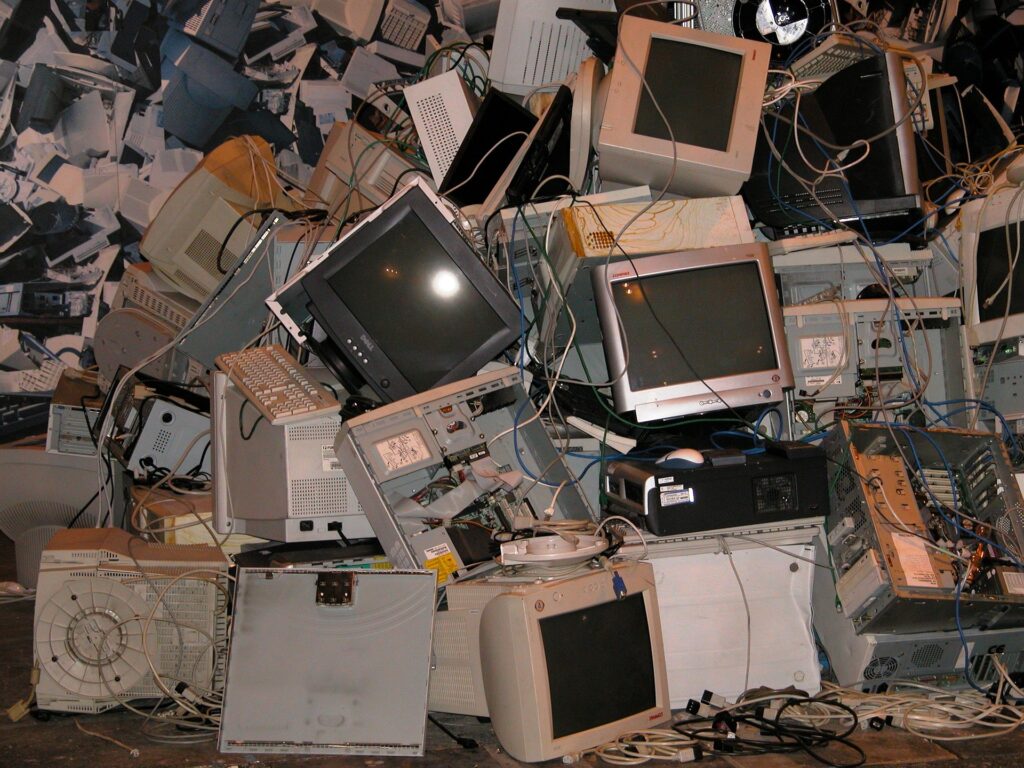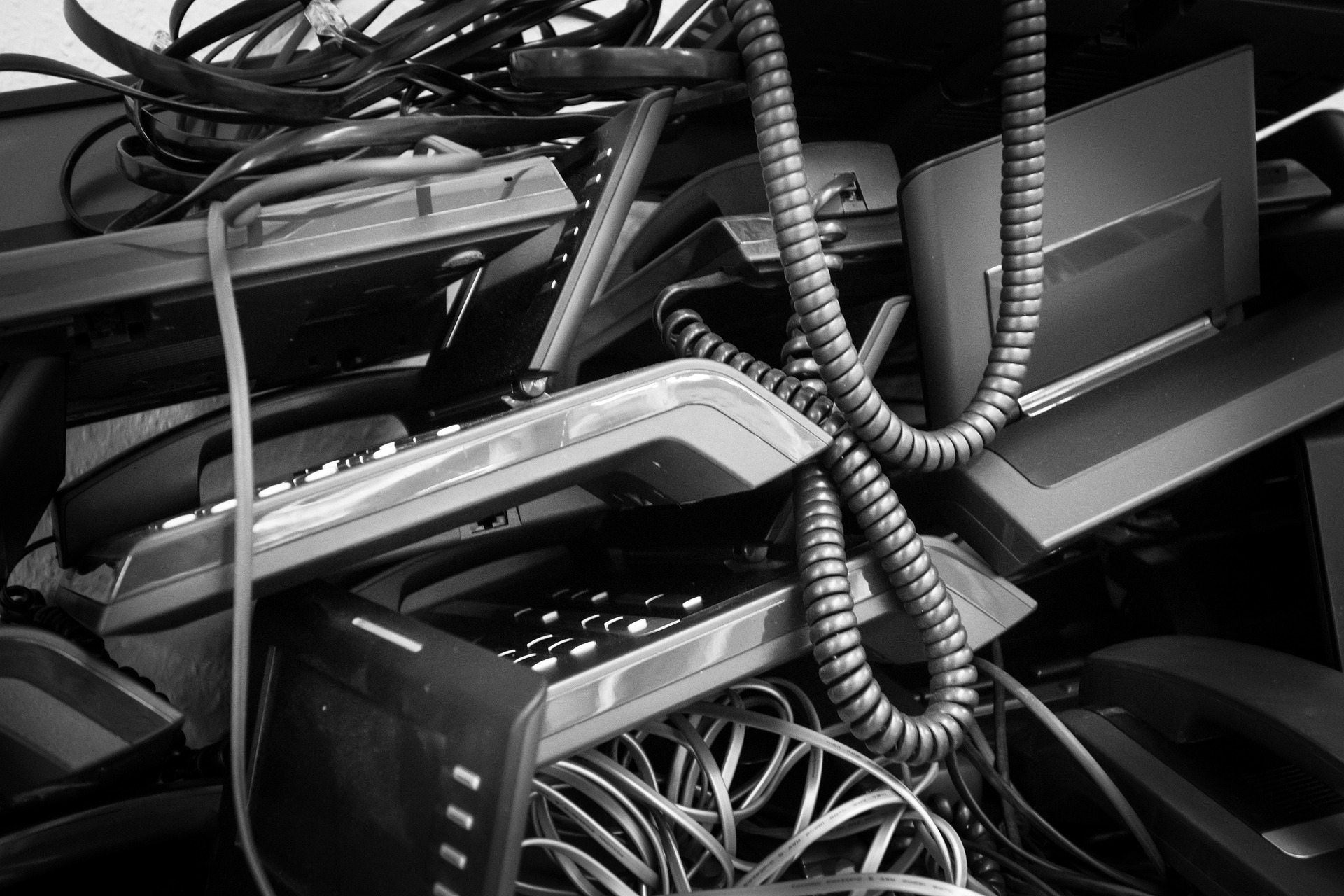As the world continues to become more digitized and connected, the amount of electronic waste, or e-waste management, generated each year is rapidly increasing. According to a recent report from the Global E-waste Monitor, the world generated a record 53.6 million metric tonnes of e-waste in 2019, a number projected to increase to 74.7 million metric tonnes by 2030. Proper management of this growing waste stream is essential to protect human health, the environment, and conserve valuable resources.
What is E-waste and What Challenges are Associated with it?
E-waste, also known as electronic waste, refers to discarded electronic devices such as smartphones, laptops, and televisions. These devices can contain hazardous materials such as lead, cadmium, and mercury, which can harm human health and the environment if not managed properly.
One of the major challenges of e-waste management is that it is a complex issue involving multiple stakeholders, including consumers, manufacturers, and government entities. Improper disposal, including dumping in landfills or incineration, can result in environmental pollution and negative health impacts. In addition, the lack of proper recycling infrastructure in many regions of the world means that valuable resources are often lost instead of being reused.
Literature Review on E-waste Management
A literature review of e-waste management found that current efforts to manage e-waste have largely focused on developed countries, leaving many developing countries without adequate infrastructure to handle the growing volume of e-waste. Furthermore, there is a lack of standardized regulations and policies for managing e-waste, leading to inconsistencies in approaches across different regions and countries.
What are 5 Major Concerns with E-waste?
- Environmental Impact: Improper disposal of e-waste can lead to environmental pollution and negative health impacts. Electronic devices can contain hazardous materials such as lead, cadmium, and mercury, which can leak into the environment and contaminate soil and water sources.
- Health Risks: Exposure to hazardous materials from e-waste can lead to negative health impacts such as respiratory problems, neurological damage, and cancer.
- Resource Depletion: E-waste often contains valuable resources such as gold, copper, and other metals, which can be reused if properly managed. Without proper recycling, these resources are lost and must be mined from the earth, leading to depletion of natural resources.
- Data Security: Electronic devices often contain sensitive personal or business data. Improper disposal can result in data breaches, which can have serious consequences for individuals and businesses.
- Social Justice: E-waste is often shipped to developing countries for disposal, leading to health and environmental hazards for those living near disposal sites. This creates a social justice issue, as those who produce the waste are not held responsible for its disposal.

What are the Challenges of E-waste Management?
- Lack of Awareness: Many consumers are unaware of the negative impacts of improper e-waste disposal, leading to a lack of demand for proper recycling services.
- Inadequate Infrastructure: Many regions of the world lack proper recycling infrastructure, leading to e-waste being dumped in landfills or shipped to other countries.
- Costs: Proper e-waste management can be expensive, leading to some businesses and organizations choosing to dispose of electronic devices improperly.
Literature Review on E-Waste Management
E-waste management has been a topic of discussion in the environmental world for a long time now. The need for proper e-waste disposal and recycling has been emphasized by various environmental organizations and governments worldwide. Several research studies have been conducted to highlight the importance of e-waste management and suggest ways to improve it.
One study conducted by Geyer et al. (2017) estimated that the global e-waste generation would reach 49.8 million metric tonnes by 2018. This highlights the urgency of implementing proper e-waste management practices globally.
Another study by Kumar et al. (2017) identified various challenges associated with e-waste management, including the lack of proper legislation, inadequate infrastructure, and low awareness among consumers about e-waste disposal.
Challenges of E-Waste Management
E-waste management poses several challenges that need to be addressed to ensure sustainable development. One of the significant challenges is the lack of proper legislation and regulations. Most countries do not have specific laws that regulate e-waste management, making it challenging to control the amount of e-waste generated.
Another significant challenge is the lack of proper infrastructure for e-waste management. The absence of recycling facilities and proper disposal sites leads to improper disposal of e-waste, causing harm to the environment and public health.

How Can E-Waste Be Mitigated?
Mitigating e-waste requires a concerted effort from all stakeholders, including governments, manufacturers, consumers, and recycling companies. Governments need to enact legislation that regulates e-waste management, including the establishment of proper infrastructure for e-waste disposal and recycling.
Manufacturers should also take responsibility for their products’ end-of-life management by designing products that are easy to repair and recycle. This can be achieved through the use of standardized components, which makes it easier to disassemble and recycle electronic devices.
Consumers also play a vital role in mitigating e-waste by adopting responsible disposal practices. This includes donating old devices that are still functional, selling them to second-hand dealers, or properly disposing of them at certified e-waste recycling facilities.
Opportunities of E-Waste
E-waste management also presents several opportunities that can be harnessed to create a more sustainable future. One of the significant opportunities is the recovery of valuable resources from e-waste. Electronic devices contain several valuable materials, including gold, silver, copper, and palladium, among others. Recycling these materials not only reduces the environmental impact of mining but also creates a source of income for recycling companies.
E-waste management also presents an opportunity for job creation. The establishment of e-waste recycling facilities and the development of a sustainable e-waste management system can create jobs, particularly in low-income communities.
The Future of E-Waste Management: Trends, Challenges, and Opportunities
The future of e-waste management looks promising, with several trends, challenges, and opportunities emerging. One of the significant trends is the adoption of circular economy principles in e-waste management. The circular economy model emphasizes the reuse, repair, and recycling of products, reducing the need for new products and minimizing waste.
The challenges facing e-waste management include the lack of proper legislation, inadequate infrastructure, and low awareness among consumers. However, there are several opportunities to be harnessed, including the recovery of valuable resources and job creation.
In conclusion, e-waste management is a complex issue that requires a concerted effort from all stakeholders. Governments, manufacturers, consumers, and recycling companies must work together to ensure sustainable e-waste management practices are implemented worldwide. The adoption of circular economy principles and the recovery of valuable resources present significant opportunities for a more sustainable future.
FAQs:
What is e-waste?
E-waste refers to discarded electronic devices that are no longer wanted or needed. This can include smartphones, laptops, televisions, and other electronic gadgets.
Why is e-waste a problem?
E-waste is a problem because it contains hazardous materials that can be harmful to the environment and human health if not disposed of properly. Additionally, e-waste is growing at an alarming rate, which puts a strain on natural resources and contributes to climate change.
How can e-waste be mitigated?
E-waste can be mitigated through a variety of methods, including reuse, recycling, and responsible disposal. Many electronics manufacturers now offer take-back programs, and there are also e-waste recycling facilities that specialize in safely and efficiently disposing of electronic devices.
Image by Thomas from Pixabay



